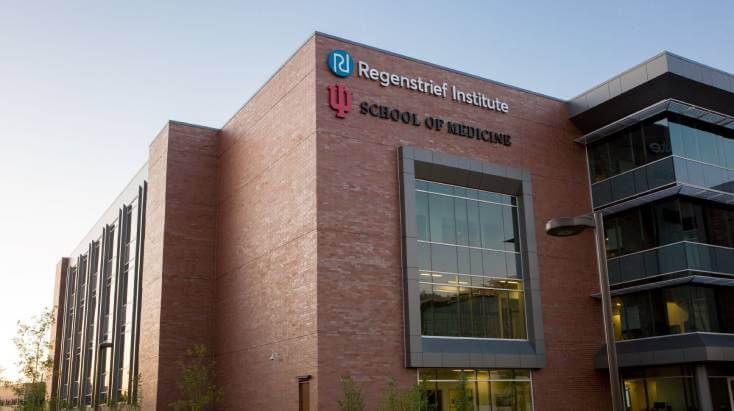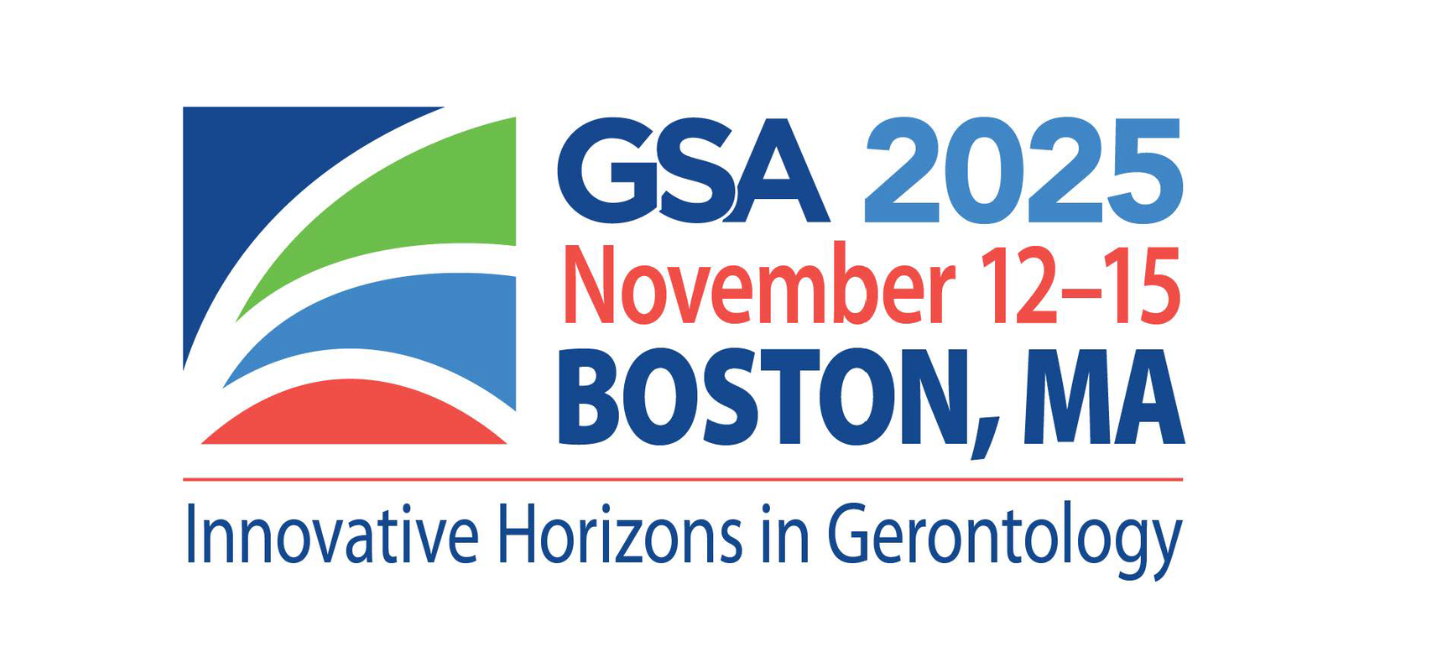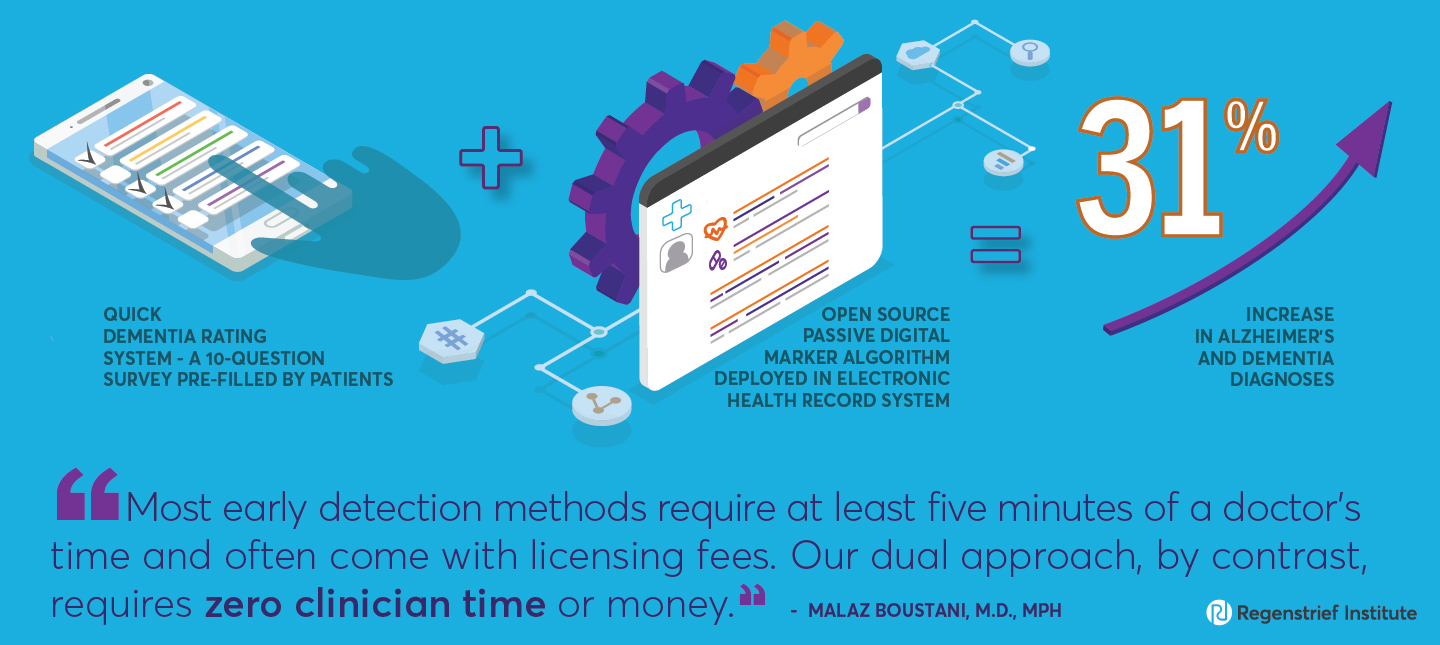Published in the Circulation. Here is a link to the article.
Regenstrief Institute authors: Dawn Bravata, M.D., Dan Clark, PhD, and Linda Williams, M.D.
A new randomized clinical trial conducted across the Eskenazi Health System (EHS) and Veterans Health Administration (VA) Indiana evaluated the effectiveness of mailed messages in prompting patients at high risk of stroke to engage with stroke prevention services. The study involved 3843 individuals identified through electronic health record data using Framingham Stroke Risk Scores. Participants received one of four types of direct mail messages: a standard message, an incentive message, a salience-enhanced message, or a combination of both incentive and salience.
Patients receiving letters with a $5 gift card offer demonstrated a higher rate of response compared to those receiving standard messages. In the EHS cohort, response to the incentive-only message was nearly double that of the standard message group (odds ratio 1.97). In the VA cohort, the combination of incentive and salience message generated the highest engagement (odds ratio 1.50). Overall, 13% of EHS and 23% of VA patients contacted the stroke prevention coordinator following the mailings.
Notably, nearly one-third of the patients who responded were unaware they had stroke risk factors. Most participants believed they could take steps to lower their risk, although fewer were ready to act. The findings suggest that direct mail, especially when coupled with small incentives and personally relevant information, is a viable strategy to activate individuals toward preventive care actions.
This intervention may serve as a practical approach to enhance patient engagement with healthcare systems, especially among populations that may not respond to digital outreach.
Authors:
Christine C Groves1,2,3, Teresa M Damush4,3,5,6, Laura J Myers4,3,5, Fitsum Baye7, Joanne K Daggy8,5, Anthony J Perkins8, Holly Martin3,6, Layne Mounsey9, Daniel O Clark4,10,11, Linda S Williams12,3,6
Affiliations:
1Department of Physical Medicine and Rehabilitation (C.C.G.), Indiana University School of Medicine, Indianapolis.
2Department of Physical Medicine and Rehabilitation, Eskenazi Health, Indianapolis, IN (C.C.G.).
3William M. Tierney Center for Health Services Research, Regenstrief Institute, Inc., Indianapolis, IN (C.C.G, T.M.D, L.J.M, H.M., L.S.W.).
4Department of Internal Medicine (T.M.D., L.J.M., D.O.C.), Indiana University School of Medicine, Indianapolis.
5VA Health Services Research and Development Center for Health Information and Communication, Indianapolis, IN (T.M.D., L.J.M., J.K.D.).
6VA Health Services Research and Development (HSR&D) Expanding Expertise Through E-Health Network Development (EXTEND) Quality Enhancement Research Initiative (QUERI), Indianapolis, IN (T.M.D., H.M., L.S.W.).
7Lister Hill National Center for Biomedical Communications, National Library of Medicine, Bethesda, MD (F.B.).
8Department of Biostatistics and Health Data Science (J.K.D., A.J.P.), Indiana University School of Medicine, Indianapolis.
9Indiana Department of Health, Indianapolis (L.M.).
10Indiana University Center for Aging Research at Regenstrief Institute, Regenstrief Institute, Inc., Indianapolis, IN (D.O.C.).
11Indiana University Center for Aging Research, Indianapolis (D.O.C.).
12Department of Neurology (L.S.W.), Indiana University School of Medicine, Indianapolis.
The Latest


Subscribe
Get the latest Regenstrief news and events.








